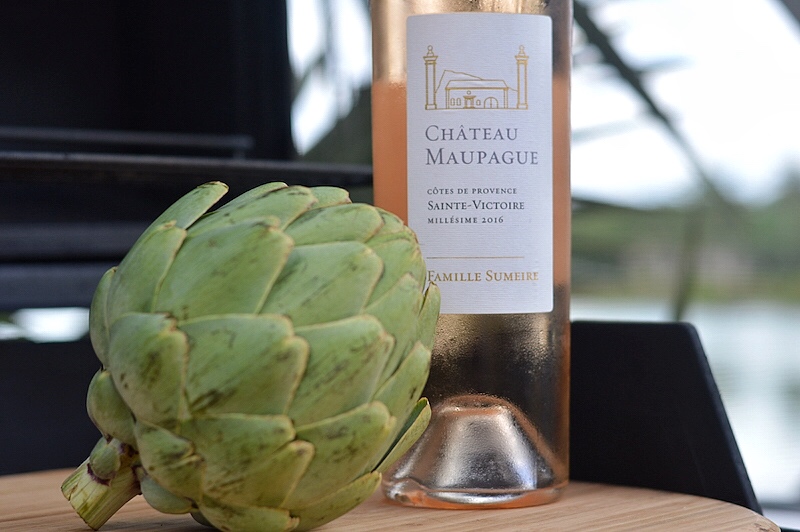It’s 81°f (27.22°c) in South Florida. With heat on the rise, my palate is definitely springing forward – grilling and chilling with a glass of rosé in my hand and swapping out…


It’s 81°f (27.22°c) in South Florida. With heat on the rise, my palate is definitely springing forward – grilling and chilling with a glass of rosé in my hand and swapping out…

Hashtag ‘Rosé All Day’ #RoseAllDay! Yes, I’m one of those gals who can’t wait to see the shelves stocked up with slim, frosty bottles with triangular punts (that’s the technical name for…